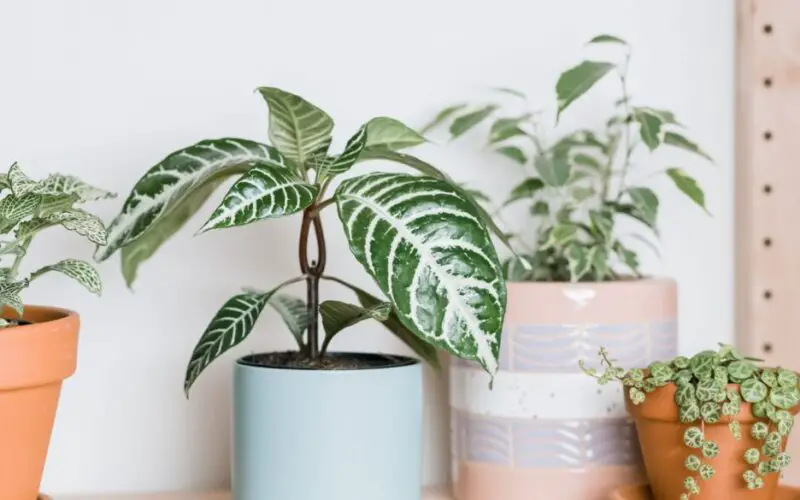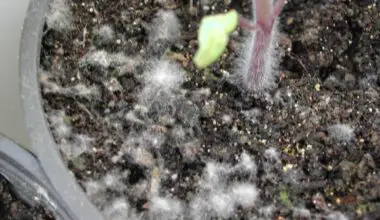The zebra cactus plants are real little jewels with various shapes and colors. Easy to grow, these succulent plants that can be found in all garden centers will be wonderful when displayed in pretty pots.
Contents
Zebra cactus plant, inside or outside?
The zebra cactus plants appreciate light but do not tolerate the direct and burning sun (except H. truncata). Not very rustic, these plants will be rather cultivated in a greenhouse, a veranda or a very luminous apartment.
The plantation in full ground will be able to be envisaged only in the South of the country and still, in extremely well drained ground, even stony and sloping. A copious watering per week in summer will be sufficient. From the beginning of September, stop all watering until the end of April. If the conditions are right, it will spread out in large clumps.
Everywhere else, a pot culture is preferable. Zebra cactus plants thrive in pots that are wider than deep, which allows them to form shoots and spread out in clumps.
Date of sowing, cutting and planting of zebra cactus plant
It is in spring that you will make zebra cactus seedlings between 70 and 75°F. You will transplant the seedlings 1 to 2 months later before putting them in individual pots the following spring.
A separation of the shoots can be done in April and cuttings of leaves can be considered in spring but only for the species with flexible leaves.
Repotting is done in the spring but only every two years.
Pot and culture substrate
The pot must be pierced at the bottom, because these plants do not tolerate excessive moisture at the roots. For the same reason, provide good drainage with gravel or clay beads at the bottom of the pot to ensure rapid drainage of the water.
The substrate should be composed of one part potting soil, one part garden soil and one part river sand.
Repotting will only be necessary every two years or more.
Which exhibition for zebra cactus plant
Place your zebra cactus plants near a window so that they receive a maximum of light but beware of the midday sun through the glass which could burn the leaves, especially those of translucent species.
As soon as the frost is no longer a concern, you can take your plants out in the garden until September.
Water zebra cactus plant
Zebra cactus plant does not like humidity, and has rather limited water needs: One or two waterings per week will be sufficient in summer. Then water only if your greenhouse or apartment is very warm and let the mixture dry well between two waterings.
During the growing season, a special fertilizer can be added to the watering water every two weeks.
Repot zebra cactus plant
At the end of winter every 3 or 4 years, repot your zebra cactus plant in a slightly larger pot than the current one, with a mixture of sand and soil. Cover the root node, but do not let the leaves touch the soil. Put the root node of the zebra cactus plant just above the soil surface!
Do not water for the first few days after repotting: roots damaged by repotting increase the chance of root rot. Wait a few days and water lightly the first two times.
Take out zebra cactus plant
Do not hesitate to take out your zebra cactus plant for the summer! Simply avoid placing it in direct midday sun, or too much shade – acclimatize it as gently as possible, and of course, watch the watering! You’ll bring it in as soon as the summer ends.
Monitor zebra cactus plant
If the leaves become flat and low, increase the exposure to the sun. The leaves of zebra cactus plant should grow upwards or angularly outwards towards the sunlight. If they are tending towards the ground or growing flat outwards, the plant probably does not receive enough sunlight.
Move it to a sunny spot. If it is indoors, consider leaving it outside during the day! Conversely, if the leaves turn brown, reduce the exposure to the sun. If the leaves are thin and curly, increase the watering! And if the leaves turn yellow or sag, stop watering. Leaves that are yellowed or “sagging” are suffering from excess water.
Zebra cactus plants are not very susceptible to disease, except when overwatered. It can then suffer from mealybug attacks. Mealybugs are biting, sucking insects covered with a waxy or powdery shell. They can be removed with a cotton swab soaked in alcohol if they do too much damage.
In any case, check the frequency of your watering, and possibly the hygrometry of the room.
Parasites and diseases of zebra cactus plant
This plant is very tough and hardy except in frost, in general, the zebra cactus plant does not know any problem with pests, except the mealy bug which can be treated in the usual way.
There is also a disease that causes zebra cactus plant root rot, which is one of the most important causes of mortality due to over-watering or too spongy soil. Too much hot sun can cause discoloration of the leaves.
Multiplication of zebra cactus plant
The zebra cactus plants multiply very easily by dividing the clumps and separating the shoots in April/May. The operation can be done judiciously during repotting. Remove the seedlings with roots and plant them in individual pots containing an adult mixture.
Propagation by seedling is also possible between 70 and 75°F. in spring, preferably in a heated mini-greenhouse.
Summary
The zebra cactus plant, close to the aloe, are succulent plants easy to grow indoors, undemanding, small in size and not prickly. Some species have a foliage particularly appreciated for its decorative qualities.








